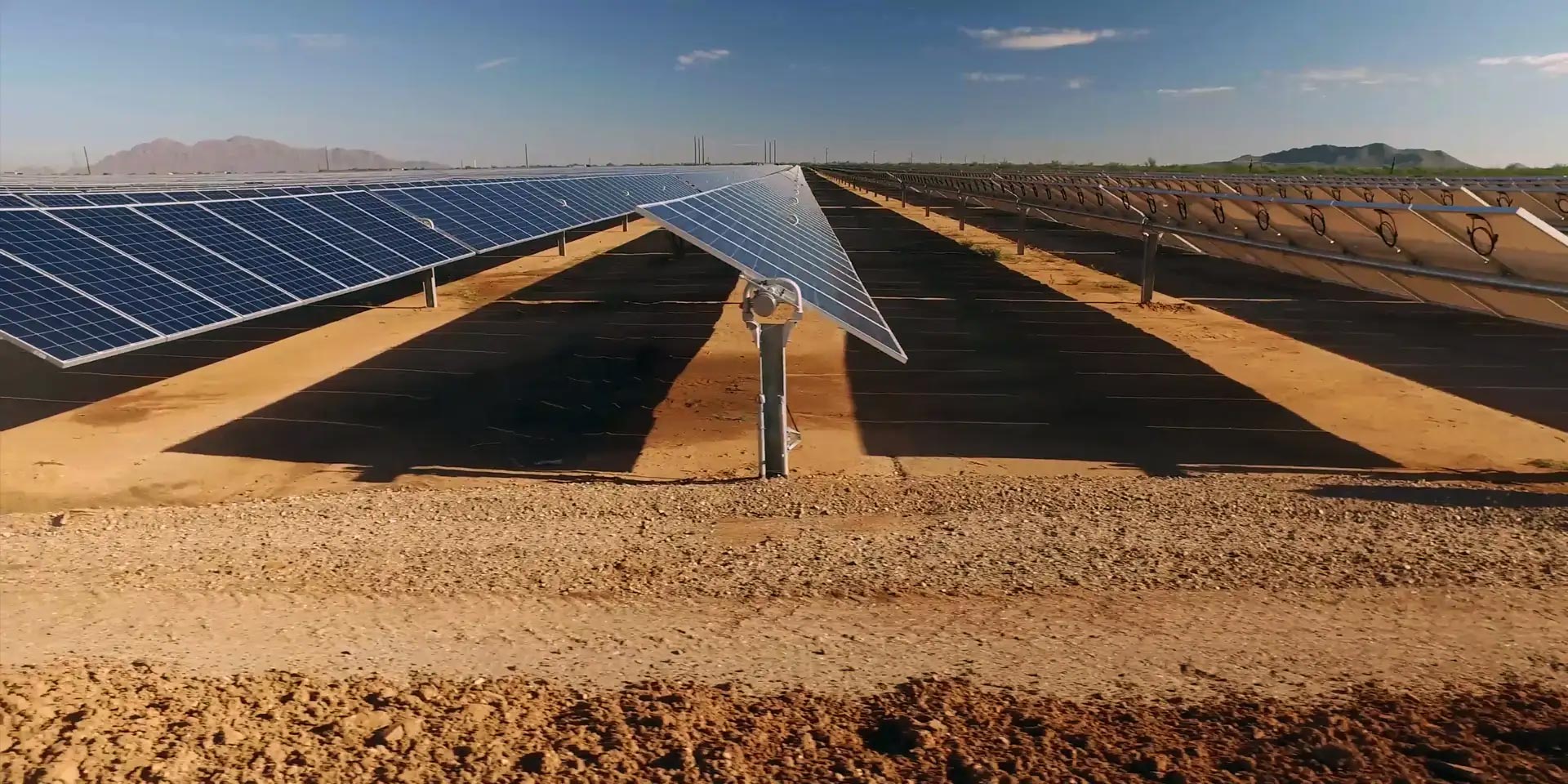AGL | CEF NEWSLETTER | China | CHINA MONTHLY ENERGY UPDATE | Coal/electricity/electrification | Critical minerals | CRITICAL MINERALS SERIES 2022-23 | Decarbonisation | Energy Crisis | Finance Sector & Emissions | Green Iron | Hydrogen | India & Adani | Nuclear | Podcasts | Solar | Submissions | Taxes & subsidies | US IRA/ NZIA et al |
PRESENTATION | Climate Tech Connect
Tim Buckley presents on The Energy Transformation: Looking towards 2025 Read more
PRESENTATION | Tim Buckley presents to the Australia Hydrogen Council
Presentation on reconstructing global iron and steel supply chains Read more
MONTHLY CHINA ENERGY UPDATE | Hydropower Generation Recovered, Driving Down Thermal Power Demand
China’s total electricity demand shows an overall 6.1% increase from January to September 2024, reaching 7,213TWh. In September alone China’s electricity demand reached 837TWh, +8.9% y-o-y. Of this 38% of the generation comes from zero emissions power, +12.9% y- Read more
REPORT | Green Metal Statecraft: Forging Australia’s Green Iron Industry
CEF’s new report examines the global shift towards decarbonising the iron and steel industry and outlines a strategic plan for Australia to capitalise on this transition by establishing a domestic green iron industry, leveraging its comparative advantages in its vast iron ore reserves and renewable energy potential. Read more
VIDEO | Investment, employment & export bonanza of mobilising Team Australia to help our key trade partners decarbonise
Tim Buckley speaks with Phillip Bateman on the sidelines of the IGGC annual conference Read more
PRESENTATION | China outbound foreign investment
Tim Buckley presents a Macquarie Research Investor Briefing on China’s astonishing cleantech outbound investment Read more
PRESENTATION | ANU Solar Oration – Solar step change
Tim Buckley gives the prestigious ANU Solar Oration, detailing how solar has become the dominant source of net new electricity capacity installed globally with China leading a global step change in cleantech manufacturing capacity. Solar continues to be deflationary, driving deployment – and disruptive in combination with batteries and EVs. Tim also looks at the implications for Australian energy transition and the policy frameworks we need to speed decarbonisation. The video of the oration is available here: https://iceds.anu.edu.au/news-events/events/anu-solar-oration-2024-solar-step-change Read more
Storm Clouds for QLD’s Clean Energy Leadership as LNP Assumes Power
The QLD state election last week saw the David Crisafulli-led LNP form a majority government. The sunshine state is now at serious risk of being locked into high-emission fossil fuels to power the state, derailing the crowding-in of tens of billions of renewable energy and green industry capital unlocked by the critical new transmission and grid firming investments made under the previous government. Read more

